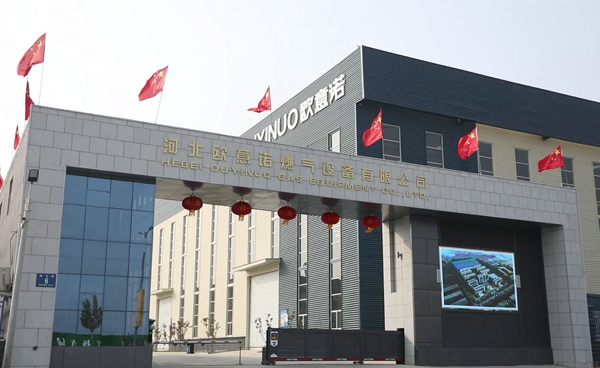
Nov . 22, 2024 18:18
Back to list
gas heat exchanger
Gas Heat Exchangers An Overview
Gas heat exchangers play a crucial role in various industrial applications, facilitating efficient thermal energy transfer between two or more fluids at different temperatures. Their utilization spans across multiple sectors, including power generation, chemical processing, and HVAC (heating, ventilation, and air conditioning). Understanding the principles, types, and advantages of gas heat exchangers is essential for engineers and industries looking to optimize energy efficiency and reduce operational costs.
Principles of Operation
At its core, a gas heat exchanger operates on the principle of heat transfer. When two gases at different temperatures flow through the heat exchanger, thermal energy is transferred from the hotter gas to the cooler one without mixing them. This transfer occurs through the walls of the heat exchanger, which are designed to maximize surface area while minimizing resistance to flow. The effectiveness of a heat exchanger is often measured using the NTU (Number of Transfer Units) method or the effectiveness-NTU method, providing insights into how efficiently it can transfer heat.
Types of Gas Heat Exchangers
There are several types of gas heat exchangers, each suited for specific applications
1. Counterflow Heat Exchangers In this configuration, the two gases move in opposite directions. This design maximizes the temperature difference between the fluids, enhancing heat transfer efficiency.
2. Crossflow Heat Exchangers In crossflow designs, one fluid flows perpendicular to the other. This type is often used in applications where space is limited, such as in automotive radiators.
3. Parallel Flow Heat Exchangers Here, the gases flow in the same direction. While this design is simpler, it is generally less efficient than counterflow designs.
4. Plate Heat Exchangers Utilizing thin plates to separate the gas streams, these exchangers offer a compact design and a large surface area for heat transfer, making them suitable for applications requiring high efficiency in a small footprint.
gas heat exchanger

5. Shell and Tube Heat Exchangers Commonly found in chemical and power industries, this design consists of a series of tubes, where one gas flows inside the tubes and the other around them. They are robust and can handle high pressures and temperatures.
Benefits of Gas Heat Exchangers
The advantages of using gas heat exchangers are manifold
1. Energy Efficiency By recovering waste heat from industrial processes or HVAC systems, gas heat exchangers contribute to significant energy savings and lower operational costs.
2. Environmental Impact Utilizing heat exchangers can reduce greenhouse gas emissions by minimizing the energy required for heating or cooling processes.
3. Space Saving Many designs, such as plate heat exchangers, offer a compact solution to thermal management, making them suitable for applications with limited space.
4. Performance Versatility Gas heat exchangers can be tailored to meet the specific thermal requirements of various processes, enhancing overall system performance.
Conclusion
In conclusion, gas heat exchangers are vital components in the quest for energy efficiency across many industries. By understanding their designs and applications, businesses can leverage these tools to optimize resource use, minimize environmental impact, and enhance productivity. As technology advances, the efficiency and effectiveness of these systems are expected to improve, solidifying their role in the sustainable energy landscape.
Next:
Latest news
-
Safety Valve Spring-Loaded Design Overpressure ProtectionNewsJul.25,2025
-
Precision Voltage Regulator AC5 Accuracy Grade PerformanceNewsJul.25,2025
-
Natural Gas Pressure Regulating Skid Industrial Pipeline ApplicationsNewsJul.25,2025
-
Natural Gas Filter Stainless Steel Mesh Element DesignNewsJul.25,2025
-
Gas Pressure Regulator Valve Direct-Acting Spring-Loaded DesignNewsJul.25,2025
-
Decompression Equipment Multi-Stage Heat Exchange System DesignNewsJul.25,2025

